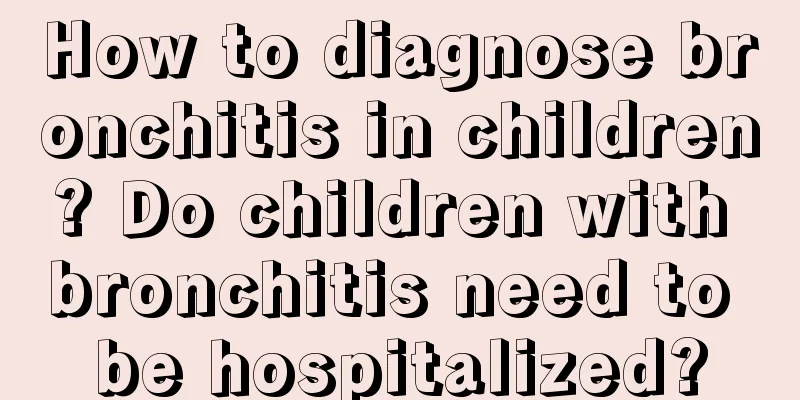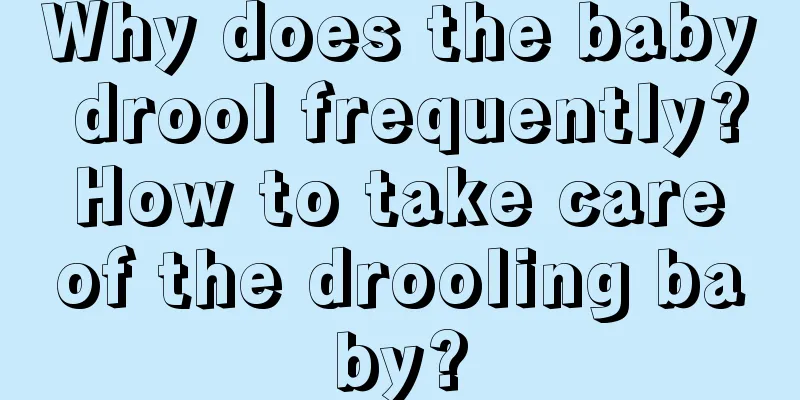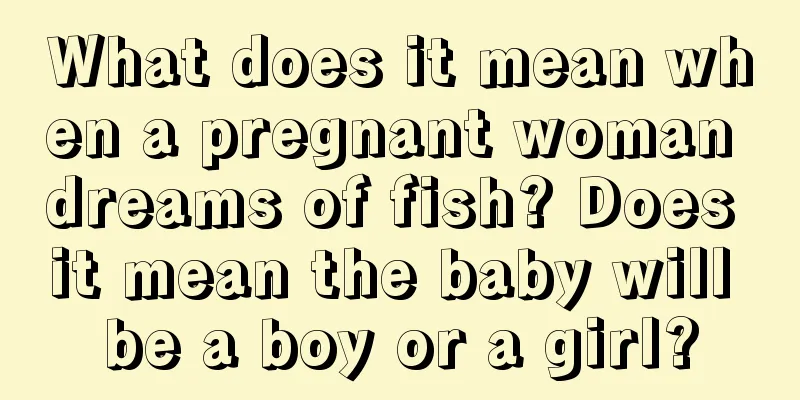How to diagnose bronchitis in children? Do children with bronchitis need to be hospitalized?

|
After the baby is born, the body's immunity is poor, and it is easy to be infected by bacteria and viruses, causing respiratory diseases. Winter is the peak season for pediatric bronchitis, so more attention should be paid to the baby's living environment. How to diagnose bronchitis in childrenGenerally speaking, if a baby has bronchitis, he or she may have long-term and recurrent coughs, especially if the child coughs frequently in the morning and evening. In this case, the sputum coughed up by the baby is mostly white and sticky, or foamy, and in severe cases, there may even be mucopurulent sputum. In addition, some children with bronchitis may also wheeze and cry. The symptoms of infant tracheitis are mostly caused by infection of the upper respiratory tract. Some children may develop the disease rapidly, while others may develop it slowly. This type of disease is often caused by the child's decreased body resistance. After being infected by viruses, bacteria and other substances, acute inflammation such as bronchitis will occur. If you want to confirm the diagnosis, it is recommended to go to a pediatric hospital for examination. Do children with bronchitis need to be hospitalized?When a baby has bronchopneumonia, whether he needs to be hospitalized depends on the severity of the disease and the factors causing the respiratory infection. After a systematic examination, if the baby's condition is relatively mild and the symptoms are not obvious, there is no need for hospitalization. Just intravenous infusion in the outpatient clinic, combined with oral medication, nebulization and other treatment methods, the child can usually recover in 1-2 weeks. If the child's bronchopneumonia is more serious, it cannot be treated only in the outpatient clinic, and the child should be hospitalized for systematic treatment. What tests should be done for acute bronchitis in children1. Chest X-ray examination: thickening of lung texture or normal, with occasional thickening of hilar shadows. Severe bronchitis is difficult to distinguish from early pneumonia. If you hear deeper rales or crepitus, and the rales do not significantly decrease after coughing, pneumonia should be considered and a chest X-ray examination should be performed to confirm the diagnosis. 2. Blood biochemical examination: The total number of peripheral blood leukocytes is normal or low. When the infection is caused by bacteria or combined with bacterial infection, the total number of leukocytes is increased and the neutrophilia increases. How many days will it take for baby's tracheitis to heal?The onset is relatively acute, with early cold symptoms, such as coughing and sneezing. After 1 to 2 days, the cough worsens, and paroxysmal dyspnea, wheezing, pale complexion, cyanosis of the lips, and concave signs appear. The early signs of the lungs are mainly wheezing, followed by wet sounds. When the symptoms are severe, they may be accompanied by congestive heart failure, respiratory failure, hypoxic encephalopathy, and water and electrolyte disorders. The body temperature generally does not exceed 38.5℃, and the course of the disease is 1 to 2 weeks. |
>>: Will the baby choke on water during a water birth? Will the baby not drown during a water birth?
Recommend
What should I do if my milk is swollen during weaning? When is the best time to wean?
Weaning is a very tricky thing for both mothers a...
Why are early childhood education classes so expensive? How to choose an early childhood education course?
Early childhood education courses are becoming mo...
Can a one-year-old baby eat zongzi? It is recommended to eat less
The Dragon Boat Festival is coming soon, and ever...
How to supplement zinc deficiency in babies? What are the causes and symptoms of zinc deficiency in babies?
Babies are always prone to various diseases, many...
How to praise children correctly, what are the principles and techniques
Praise is like a stimulant for children, which ca...
What should I do if there is a strange smell in the bottle? What is the reason for bubbles in the bottle?
When a baby bottle is used for a long time, it wi...
What are the symptoms of indigestion in newborns and what should they eat?
Newborns' body functions are not fully develo...
When your baby is learning to speak, you must have not noticed these three taboos!
Learning to speak is a very important step in a b...
How much does a Flair food processor cost and how to use it
Food processors have many benefits. They can blen...
Can babies eat eggs when they have a cold? Can children eat eggs when they have a cold?
My child caught a cold recently, sneezing and hav...
Which is better, caesarean section or natural birth? What is the difference between caesarean section and natural birth?
As soon as expectant mothers find out they are pr...
The eldest daughter is jealous of the second child's younger brother being favored. How to appease the eldest child by having a second child?
With the opening of the second-child policy, many...
What is a doula birth like? The whole process of a doula birth
Childbirth is a difficult process. With the advan...
Can I wear makeup during pregnancy? Can I use skin care products during pregnancy?
It is the nature of every girl to love beauty, bu...
How to cultivate children's optimistic spirit
A positive and optimistic attitude helps children...









